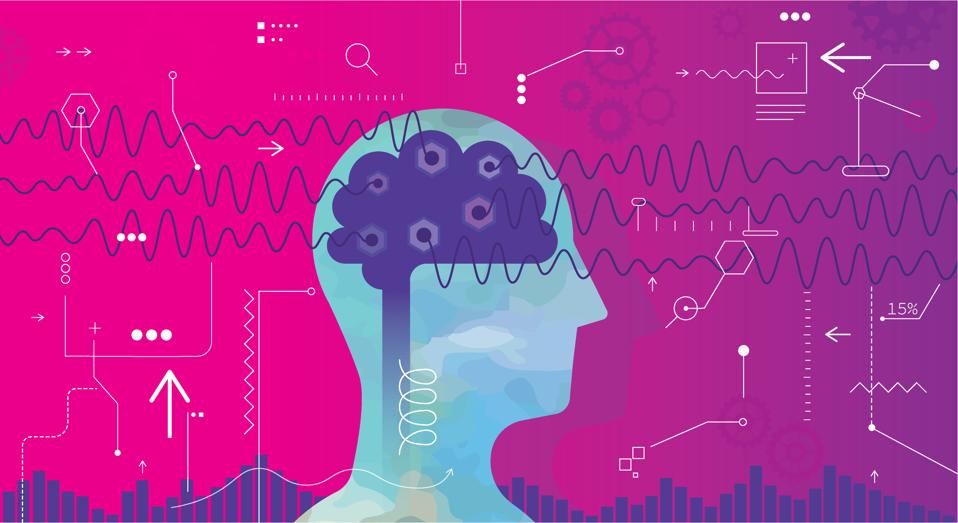Conflict at work is a mental health issue. According to a CIPD report, just over one-third (35%) of UK employees experience conflict each year, and 56% of these report experiencing stress, anxiety, and/or depression as a result. Research with workplace mediation parties backs this up, with 75% stating that workplace conflict affected their mental health and 65% stating it affected their physical health.
This year’s theme of Mental Health Awareness Week (MHAW) is movement: how being physically active supports good mental health and reduces anxiety and depression. Physical movement certainly plays an important role in conflict situations, but other types of movement can also help us to navigate conflict at work.
Embodied movement
In a conflict situation, people experience strong physical reactions. Muscles tense up, the heart pounds, the stomach feels knotted. Mentally, conflict stimulates feelings of stress and anxiety, which results in other physical symptoms such as sweating, dizziness, or even panic attacks. The mind and body are inextricably connected, and these physical and mental changes are part of the body’s responses to a perceived or real threat.
So, the first way to use movement to handle conflict is to become aware of the physical and mental manifestations of conflict, and then learn how to manage these. It can be beneficial to focus on breath control, to consciously relax the shoulders and muscles, and to notice one’s physical stance and body language. Recognizing when the body reacts to stress and thinking about what has triggered the stress response will lead to greater self-awareness and the possibility to respond differently and more constructively to a situation of conflict.
Moving environment
Next, consider the setting of a conflict conversation and the environment in which this should take place. Moving to a different physical space takes a conversation away from the source of a conflict to a more neutral location. Moving to other surroundings or going for a walk can also symbolize movement and a desire for change, which can help pave the way to fresh thinking.
Workplace mediations are often held off-site, away from the day-to-day working environment, and on occasion, they have moved outside into nature. MHAW supports movement to the outdoors, as research suggests that moving in an outdoor green environment positively affects well-being more than indoor activity. And for some mental health conditions, moving conversations online may be helpful, where people can talk on screen from a safe and comfortable home environment.
Helping others to move
In conflict, people often become stuck, stay fixed in their views, and feel like they can’t move forward. A colleague or manager can be a source of support, whether in response to being asked for help or by spotting the warning signs of conflict and reaching out. So, the third area to consider is how to help others to move in conflict.
To support a colleague, consider how to create a space for them to work out how they are feeling, what triggered them, and how they can get unstuck from their fixed mindset. Rather than offering suggestions, the real value comes from helping someone understand themselves better, then articulating how they want to get out of a conflict situation. This can be done by utilizing some of the core elements of the mediator’s approach, such as being empathic, listening, and asking non-judgmental questions. In workplace mediation, a key skill of a mediator is to help people move from entrenched positions towards appreciating perspectives other than their own, and then exploring how to find a mutually acceptable solution to their conflict.
In conflict situations, there is often the assumption that everyone needs to move for the circumstances to change. However, it only requires one person to decide to take action or move their approach to one that is more open or curious. We are all in a position to move ourselves in conflict – be that our physical response, our environment, or our approach to others – and we can be the source of the movement that starts to effect change. By doing so, we can help mitigate some of the impacts of conflict on mental and physical health, for ourselves and the world around us.

